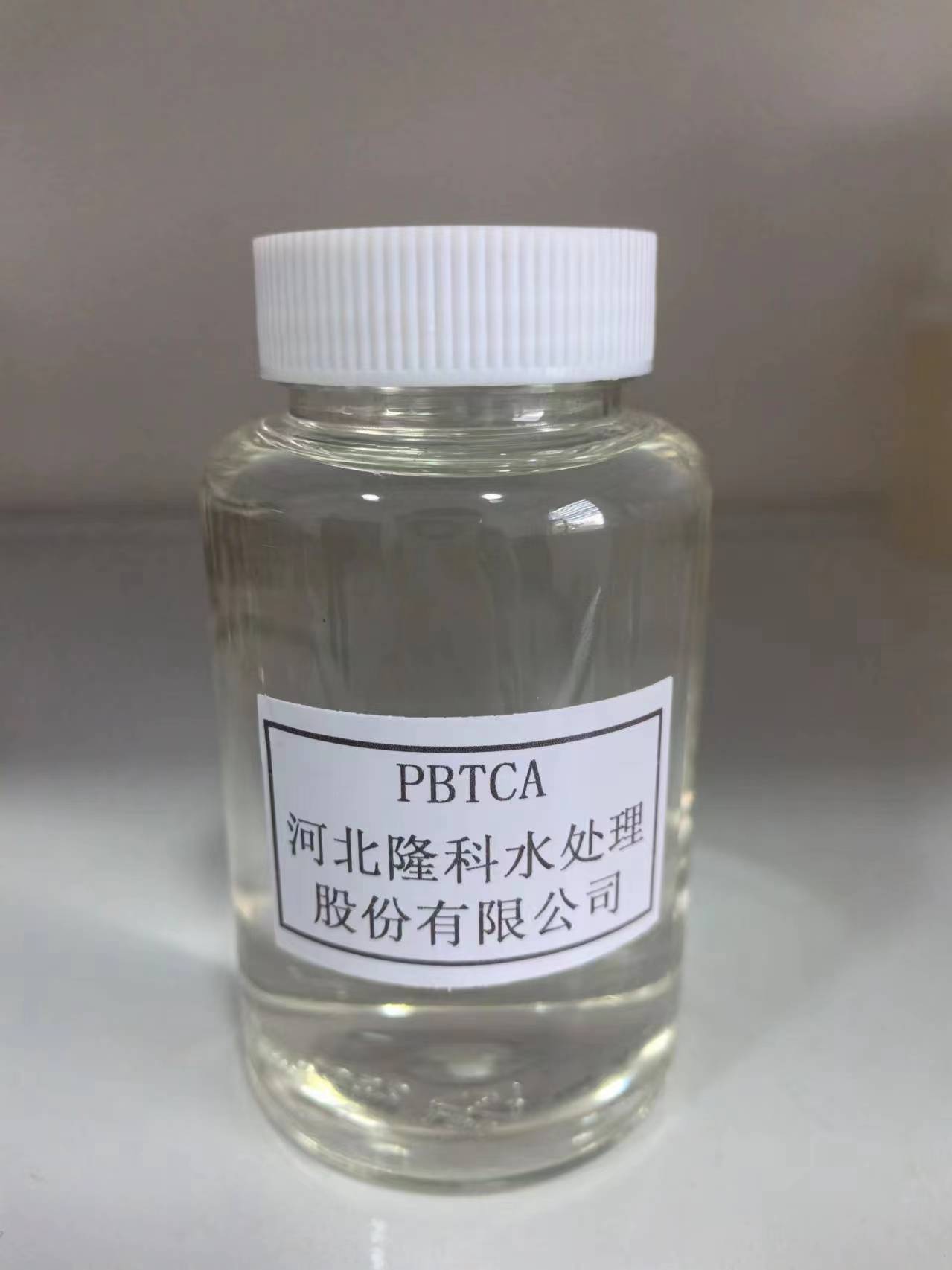poly aluminium
The Significance of Poly Aluminium in Water Treatment
Poly aluminium, often referred to as polyaluminium chloride (PAC), is a versatile chemical compound that plays a crucial role in various industrial applications, particularly in water treatment. Known for its efficacy as a coagulant, poly aluminium has gained prominence due to its ability to improve water quality and ensure safe drinking water for millions of people around the world.
Understanding Poly Aluminium
Polyaluminium chloride is a type of inorganic polymer made from aluminium and chloride ions. Unlike traditional aluminium salts, PAC offers several advantages, including a higher charge density and a broader pH range of effective operation. This unique composition allows PAC to form larger flocs, which are aggregates of particles, making it more effective in removing suspended solids, turbidity, and organic matter from water.
Applications in Water Treatment
One of the primary applications of poly aluminium is in water treatment processes. Municipal water treatment facilities frequently use PAC to purify drinking water by removing contaminants and ensuring compliance with safety regulations. The process begins when PAC is added to raw water, where it reacts with impurities, forming larger flocs that can be easily removed through sedimentation and filtration.
Additionally, poly aluminium is effective in treating wastewater. Its coagulating properties help in the removal of suspended solids, heavy metals, and other harmful substances. This process not only enhances the clarity of wastewater but also minimizes the environmental impact before it is released into natural water bodies.
Advantages of Using Poly Aluminium
poly aluminium

The benefits of using poly aluminium in water treatment are manifold. Firstly, its higher efficiency means that smaller dosages are required compared to conventional coagulants like alum. This leads to reduced chemical use, lower operational costs, and less sludge generation, which is a significant advantage for wastewater treatment facilities.
Secondly, PAC operates effectively across a wider pH range, making it suitable for various water sources. This adaptability ensures that water treatment plants can maintain optimal performance, regardless of fluctuations in water composition or environmental conditions.
Furthermore, poly aluminium has been shown to improve the overall aesthetic quality of drinking water by imparting a clearer appearance and reducing unpleasant tastes and odors. This can significantly enhance consumer confidence in water supplies, thereby promoting public health.
Challenges and Considerations
Despite its many advantages, the use of poly aluminium is not without challenges. The production and application of PAC must be carefully managed to minimize environmental impacts. Excessive use can lead to an increase in aluminium concentration in treated water, which raises concerns about potential health risks. Thus, strict adherence to regulatory guidelines is essential to ensure safe levels are maintained.
Moreover, the cost of poly aluminium can vary depending on the source and specific formulation. Water treatment facilities must consider their budgets and weigh the benefits against expenses when choosing to implement PAC in their processes.
Conclusion
In summary, poly aluminium plays a vital role in modern water treatment. Its effectiveness as a coagulant, combined with its operational flexibility and environmental benefits, makes it a preferred choice for many municipalities and industries. As water scarcity and pollution continue to be pressing global issues, the importance of efficient treatment solutions like poly aluminium becomes increasingly clear. Continued research and innovation in the field will ensure that PAC remains a key player in providing clean, safe water for current and future generations.
-
Pbtc Scale InhibitorPBTC: A Scale Protector for Industrial Water TreatmentNewsAug.05,2025
-
Organic Phosphonate: An Efficient Defender in the Field of Scale InhibitionNewsAug.05,2025
-
Hydrolyzed Polymaleic Anhydride: Green Pioneer in Scale Inhibition FieldNewsAug.05,2025
-
PAPEMP Polyamino Polyether Methylene Phosphonic Acid For SaleNewsAug.05,2025
-
Flocculant Water Treatment: A Pioneer in Purification in the Field of Water TreatmentNewsAug.05,2025
-
Benzyl Isothiazolinone: An Efficient and Broad-Spectrum Antibacterial Protective GuardNewsAug.05,2025





